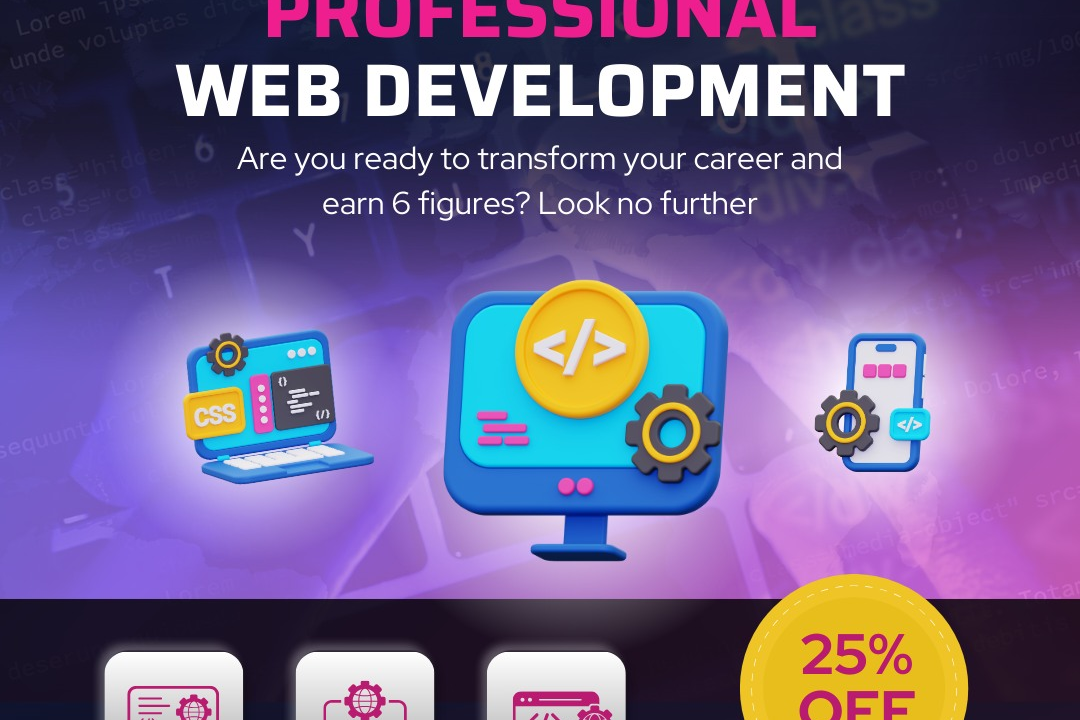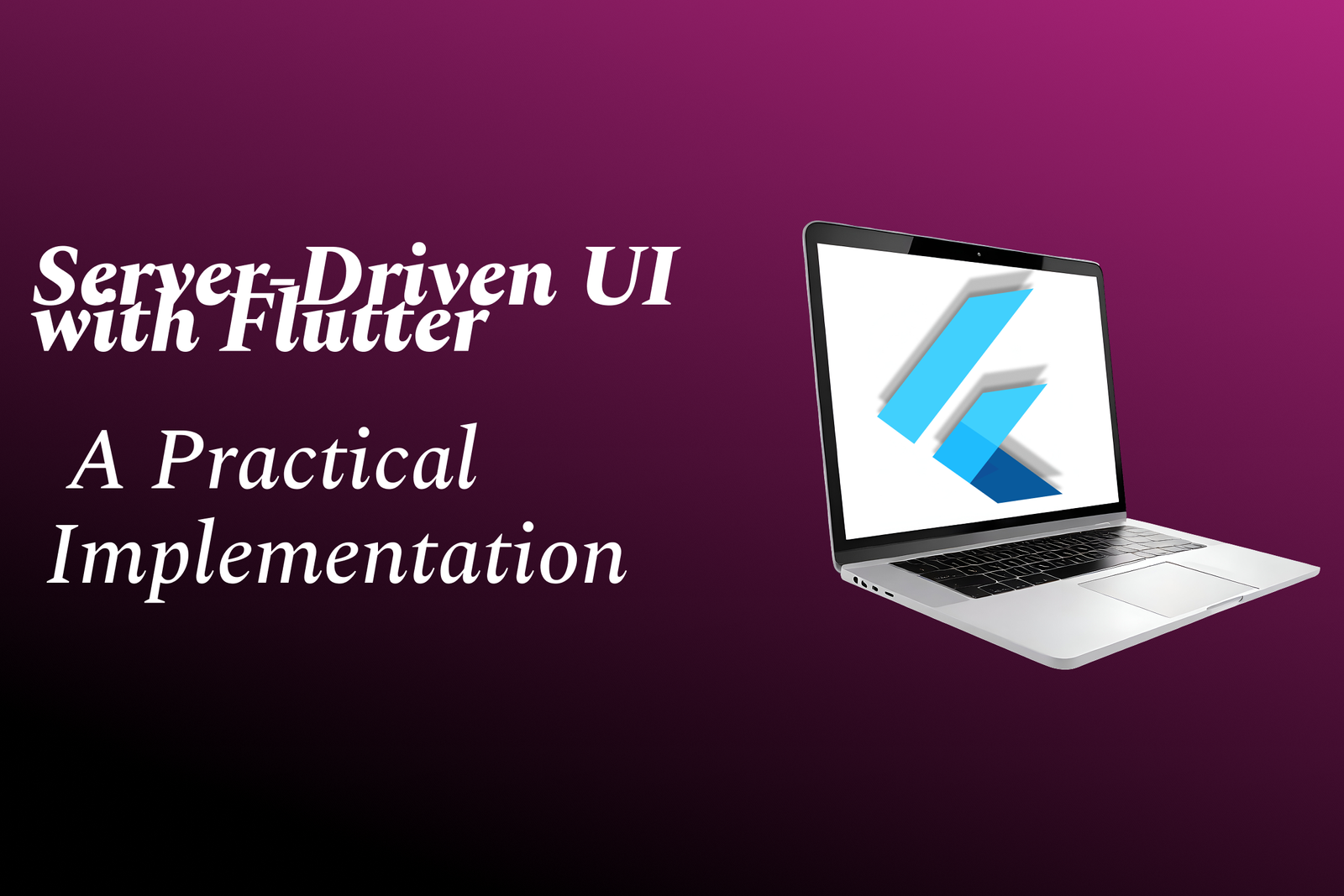How to Convert a Simple Perl Program to PHP Program
Converting a simple Perl program to a PHP program involves understanding the core logic and translat
How to Convert a Simple Perl Program to PHP Program
Converting a simple Perl program to a PHP program is useful for leveraging PHP's widespread use in web development and its extensive support for web-based applications. By translating Perl scripts into PHP, developers can integrate existing logic into modern websites, improve compatibility with web servers, and utilize PHP’s robust ecosystem for building dynamic, scalable solutions. This process also facilitates maintenance and enhances code readability for teams more familiar with PHP, ultimately enabling seamless migration of legacy Perl scripts into versatile, web-ready applications.
To Download Our Brochure: https://www.justacademy.co/download-brochure-for-free
Message us for more information: +91 9987184296
Converting a simple Perl program to a PHP program is useful for leveraging PHP's widespread use in web development and its extensive support for web based applications. By translating Perl scripts into PHP, developers can integrate existing logic into modern websites, improve compatibility with web servers, and utilize PHP’s robust ecosystem for building dynamic, scalable solutions. This process also facilitates maintenance and enhances code readability for teams more familiar with PHP, ultimately enabling seamless migration of legacy Perl scripts into versatile, web ready applications.
Course Overview
This course guides you through converting simple Perl programs into PHP, covering syntax differences, logic translation, and practical examples. It helps developers easily migrate scripts, integrate Perl solutions into PHP environments, and enhance web development skills with step-by-step conversion techniques.
Course Description
Learn how to convert basic Perl programs into PHP with this course, covering syntax differences, logical translation, and practical examples to simplify migration and enhance your programming skills.
Key Features
1 - Comprehensive Tool Coverage: Provides hands-on training with a range of industry-standard testing tools, including Selenium, JIRA, LoadRunner, and TestRail.
2) Practical Exercises: Features real-world exercises and case studies to apply tools in various testing scenarios.
3) Interactive Learning: Includes interactive sessions with industry experts for personalized feedback and guidance.
4) Detailed Tutorials: Offers extensive tutorials and documentation on tool functionalities and best practices.
5) Advanced Techniques: Covers both fundamental and advanced techniques for using testing tools effectively.
6) Data Visualization: Integrates tools for visualizing test metrics and results, enhancing data interpretation and decision-making.
7) Tool Integration: Teaches how to integrate testing tools into the software development lifecycle for streamlined workflows.
8) Project-Based Learning: Focuses on project-based learning to build practical skills and create a portfolio of completed tasks.
9) Career Support: Provides resources and support for applying learned skills to real-world job scenarios, including resume building and interview preparation.
10) Up-to-Date Content: Ensures that course materials reflect the latest industry standards and tool updates.
Benefits of taking our course
Functional Tools
1 - Text Editors (e.g., Visual Studio Code, Sublime Text, Sublime Text, Notepad++, Atom)
These lightweight yet powerful tools are essential for writing, editing, and managing code efficiently. They support syntax highlighting, code completion, and debugging features specific to both Perl and PHP. Students learn to customize these editors with plugins and extensions to enhance their productivity during the conversion process. Using an integrated environment helps streamline editing workflows, reduces errors, and improves readability of the code. The familiarity with popular editors also prepares students for professional development environments where collaboration and version control integration are common.
2) PHP Development Environments (e.g., XAMPP, WAMP, MAMP)
These pre configured packages set up a local server environment on students’ machines, allowing for real time testing and debugging of PHP scripts. They include Apache server, MySQL database, and PHP interpreter, creating a comprehensive platform to run web applications locally. Understanding how to configure and use these tools enables students to simulate live server environments, troubleshoot issues, and validate their code conversions effectively. They serve as practical deployment environments for testing converted programs before moving to production servers, ensuring seamless functionality.
3) Version Control Systems (e.g., Git, GitHub, Bitbucket)
Version control tools are pivotal in managing code changes, tracking modifications, and collaborating with team members during the conversion process. Students are trained to initialize repositories, make commits, branch and merge code, and resolve conflicts. These skills facilitate a systematic approach to code development, allowing students to revert to previous versions if needed and document their progress thoroughly. Using Git integrates best practices in software development, making the codebase more maintainable and fostering teamwork during large scale migration projects.
4) Conversion and Syntax Analysis Tools (e.g., PHP CodeSniffer, PHPStorm, PHPUnit)
Specialized tools assist in checking code standards, syntax errors, and validating functionality. PHP CodeSniffer ensures that the converted PHP code adheres to coding standards, enhancing consistency and readability. PHPStorm, an IDE with advanced support for PHP and other languages, provides intelligent code completion, refactoring, and debugging features that accelerate the conversion process. PHPUnit allows for automated testing of PHP scripts to verify that the functionality remains intact post conversion. These tools collectively help in identifying issues early and maintaining high quality code.
5) Code Comparison Tools (e.g., WinMerge, Beyond Compare, Meld)
These tools enable side by side comparison of Perl and PHP code snippets, highlighting differences and similarities with precision. They are invaluable for identifying what sections of Perl code need rewriting and ensuring that the logic is preserved during conversion. Students use these tools to track incremental changes, manage updates, and verify that the migrated code aligns accurately with the original program's intent. Automated comparison reduces manual effort and minimizes the likelihood of overlooking subtle inconsistencies, facilitating a smoother transition.
6) Database Management Tools (e.g., phpMyAdmin, MySQL Workbench)
Since many Perl and PHP programs interact with databases, students learn to use these tools for managing database schemas, executing SQL queries, and verifying data integrity. phpMyAdmin offers a web based interface for quick database operations, while MySQL Workbench provides advanced features for designing and monitoring databases. Understanding how to transfer database connectivity, queries, and data from Perl scripts to PHP ensures seamless integration and functionality in the converted program. These tools also help in testing data driven components during migration, avoiding potential data loss or corruption.
7) Debugging and Profiling Tools (e.g., Xdebug, FirePHP, Chrome Developer Tools)
Debugging tools like Xdebug help students identify and fix runtime errors, performance bottlenecks, and logical bugs in PHP code. FirePHP integrates with browsers like Firefox for real time debugging output directly into the developer console. Chrome Developer Tools provide insights into network requests, performance metrics, and DOM inspections for front end components. Familiarity with these tools allows students to methodically troubleshoot and optimize converted code, ensuring it runs efficiently and reliably in real world scenarios. The ability to debug effectively reduces development time and improves the quality of the final application.
8) Documentation and Annotation Tools (e.g., Markdown editors, Doxygen, PhpDocumentor)
Clear documentation is essential during code migration. Tools like Markdown editors help students write structured, easy to understand documentation for the conversion process. PhpDocumentor and Doxygen automate the generation of API documentation from annotated PHP code, ensuring maintainability and future scalability. Proper documentation supports team collaboration, facilitates onboarding of new developers, and aids in troubleshooting or enhancements after migration. These tools also help in maintaining consistent coding standards and improving overall project quality.
9) Learning Management and Resource Platforms (e.g., Udemy, Pluralsight, Coursera)
Online platforms offer comprehensive courses, tutorials, and reference materials on Perl, PHP, and code conversion best practices. JustAcademy leverages these resources to supplement hands on training, enabling students to deepen their understanding of language syntax, development patterns, and new features. Access to updated content ensures learners stay current with evolving best practices and industry standards. These platforms also provide community support, quizzes, and certifications that motivate learners and validate their skills post training.
10) Code Optimization and Refactoring Tools (e.g., PHP_CodeSniffer, PHP CS Fixer, Rector)
Post conversion, code optimization is crucial to improve performance and maintainability. Tools like PHP_CodeSniffer enforce coding standards, while PHP CS Fixer automatically formats code according to set guidelines. Rector facilitates automated refactoring, helping students improve code structure, remove redundancies, and implement best practices. Mastery of these tools results in cleaner, more efficient PHP code, reducing future technical debt and easing ongoing maintenance efforts.
11 - Deployment Automation Tools (e.g., Jenkins, GitHub Actions, CircleCI)
Automated deployment pipelines streamline the transition of converted applications from development to staging or production environments. These tools run tests, compile code, and deploy updates with minimal manual intervention, reducing errors and saving time. Students learn to configure continuous integration and continuous deployment (CI/CD) workflows, ensuring that the transition from Perl to PHP based solutions is smooth and reliable in live environments. Implementing automation enhances project robustness and accelerates delivery cycles.
12) Security Testing and Vulnerability Scanners (e.g., OWASP ZAP, SonarQube, Acunetix)
Security is a critical aspect of web development. Students are introduced to tools that scan PHP code for potential vulnerabilities like SQL injection, cross site scripting (XSS), and insecure configurations. OWASP ZAP and SonarQube provide automated analysis, helping identify and remediate security issues early in the migration process. Incorporating security testing ensures that the converted PHP applications meet industry standards and safeguard user data, ultimately building trust and compliance.
13) Front End Development Tools (e.g., Bootstrap, jQuery, Angular, React)
While primarily backend focus, understanding front end frameworks helps in integrating PHP code with user interfaces. Students explore how to leverage these tools to create responsive, user friendly interfaces that work seamlessly with PHP servers. Knowledge of front end development enhances the overall functionality, appearance, and usability of the migrated applications, providing a comprehensive full stack perspective.
14) Cross Browser Compatibility and Testing Tools (e.g., BrowserStack, Sauce Labs)
Ensuring that PHP based web applications work consistently across multiple browsers and devices is vital. These testing platforms simulate various environments, enabling students to verify responsiveness and eliminate cross browser issues post migration. Their use guarantees that the end user experience remains uniform, reducing support requests and enhancing satisfaction.
15) Project Management and Collaboration Platforms (e.g., Jira, Asana, Trello)
Effective project planning and team coordination are essential during large code migration. Tools like Jira and Trello help assign tasks, track progress, and manage deadlines. They foster collaborative effort among developers, testers, and stakeholders, ensuring smooth workflow execution from initial assessment to final deployment. Good project management practices reduce delays and improve overall quality assurance.
Browse our course links : https://www.justacademy.co/all-courses
To Join our FREE DEMO Session:
This information is sourced from JustAcademy
Contact Info:
Roshan Chaturvedi
Message us on Whatsapp:
Email id: info@justacademy.co
Flutter Mobile Application Development Company
Flutter Screens Mobile
Download File Program In Php
selenium with python training BANGALORE
Step-by-Step Guide to Converting a Simple Perl Program to PHP for Beginners
How to Convert a Simple Perl Program to PHP Step-by-Step for Beginners
Step-by-Step Guide to Converting a Simple Perl Program to PHP for Beginners
Step-by-Step Guide to Converting a Simple Perl Program to PHP for Beginners











